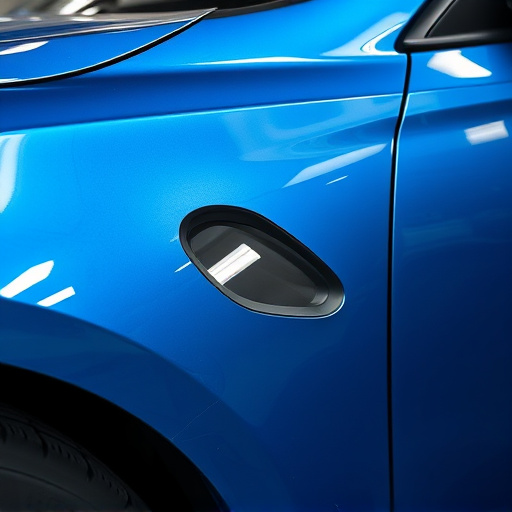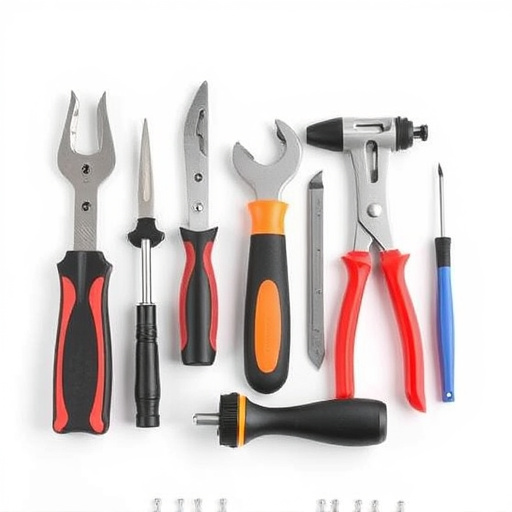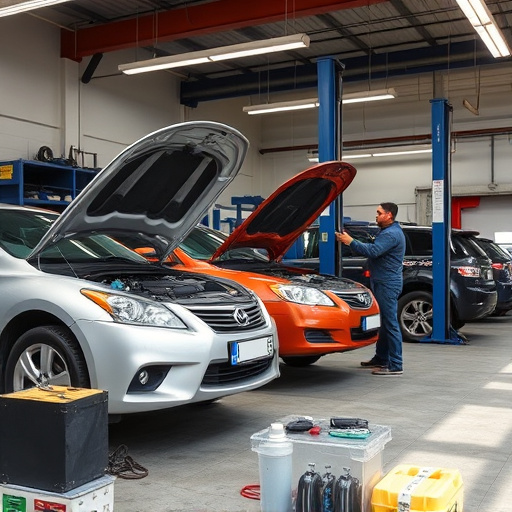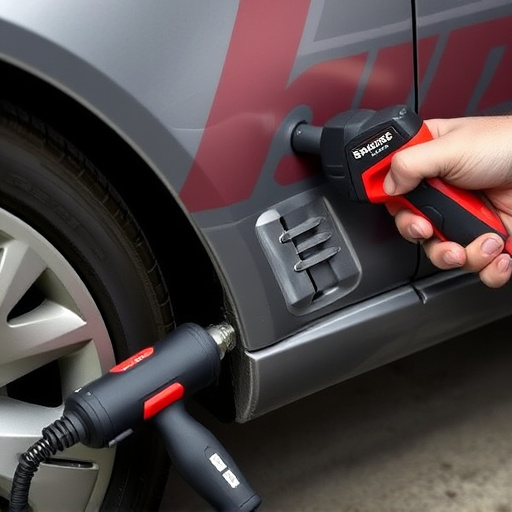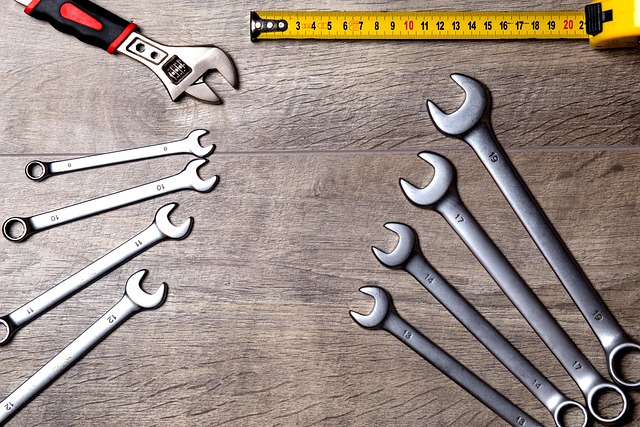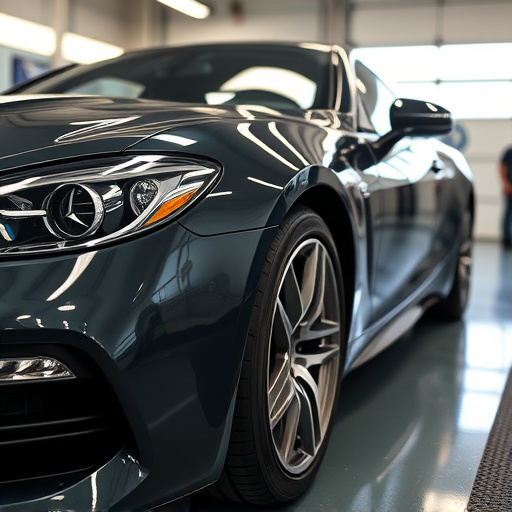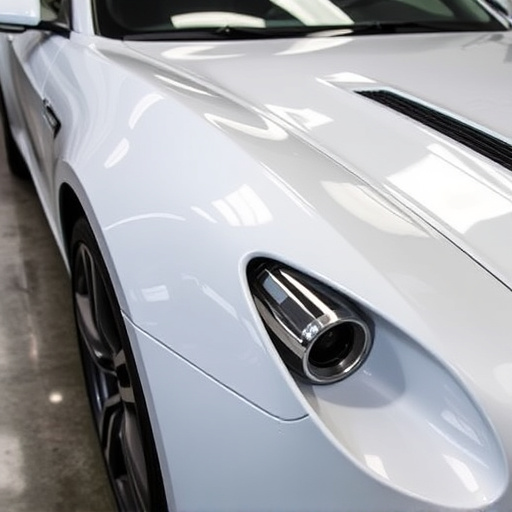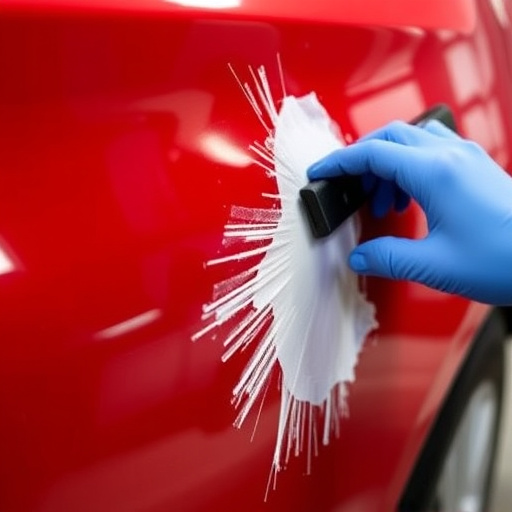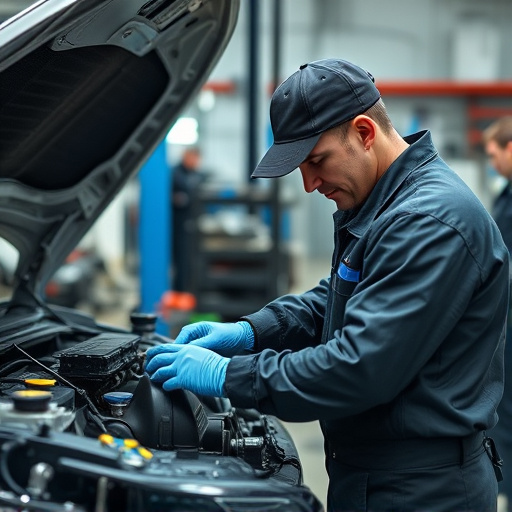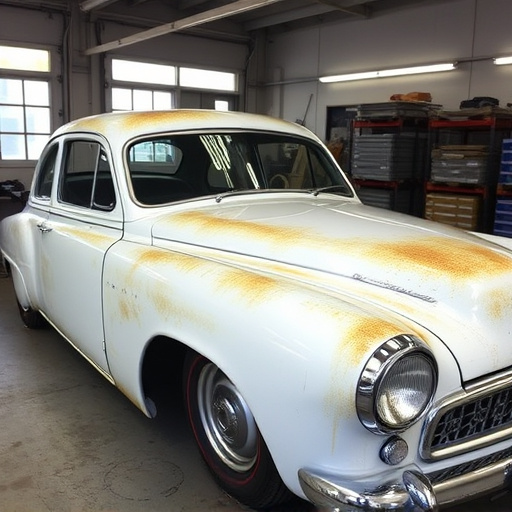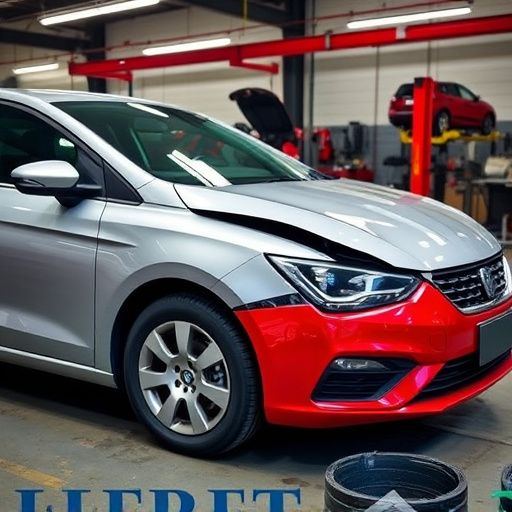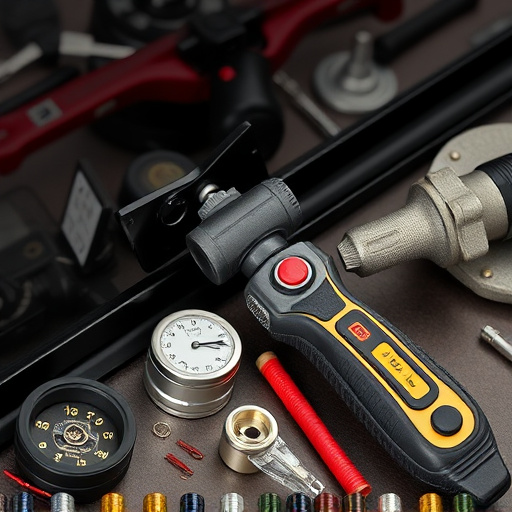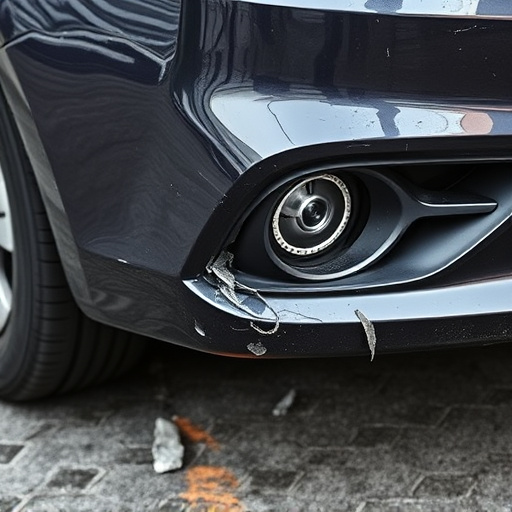Engine mount collision damage from a crash can cause various symptoms like cracks, misalignment, unusual noises, decreased performance, and difficulty starting. Such issues require professional diagnosis and potential repair to prevent further damage to critical components like the transmission and drivetrain. Always consult a qualified mechanic for diagnostic tests using tools like an oscilloscope, and consider comprehensive automotive collision repair for severe cases.
After a crash, your vehicle’s engine mount could be a hidden culprit causing unexpected issues. Recognizing signs of engine mount collision damage is crucial for safe and efficient driving. This includes visible cracks, misalignment, or unusual vibrations. If left unchecked, damaged engine mounts can significantly impact engine performance, leading to reduced power and fuel efficiency. Learn the steps to take if you suspect an engine mount problem after a collision to ensure your vehicle’s longevity and safety.
- Recognizing Visible Signs of Damage
- Understanding the Impact on Engine Performance
- Steps to Take After Suspecting an Engine Mount Issue
Recognizing Visible Signs of Damage

When an engine mount is damaged in a crash, it’s often visible to the untrained eye. Look for signs such as cracks or breaks in the mounting hardware, which might appear as fractures or separated pieces. These can be indicative of severe impact and potential structural compromise. Additionally, check for misalignment or abnormal positioning of the engine relative to the vehicle frame; this could signal a loose or damaged mount.
Another telltale sign is unusual vibrations or noise coming from the engine area during operation. If the engine seems to move excessively or makes strange sounds, it might be a result of damaged engine mounts. Consulting an auto repair shop at this point can help diagnose the issue accurately. While some visible damage may be repaired through methods like paintless dent repair, severe cases often require comprehensive automotive collision repair for both safety and performance assurance.
Understanding the Impact on Engine Performance

When a vehicle is involved in a collision, particularly at high speeds, the impact can cause significant damage to various components—one such vital part being the engine mount. An engine mount plays a crucial role in securing and stabilizing your engine within the vehicle’s frame, preventing it from shifting or moving during operation. If this component suffers collision damage, it can lead to noticeable changes in how your engine performs.
Engine mounting issues post-crash may result in decreased engine power and performance. You might experience difficulty starting the engine, irregular idling, or even stalling. Moreover, a damaged engine mount could cause excessive vibration, especially at certain speeds, indicating instability. These symptoms often require professional diagnosis and, if necessary, vehicle body repair to ensure safe and efficient driving while mitigating potential long-term damage to other parts of your car, such as the transmission and drivetrain, during the collision. Remember, a trip to a reputable car body shop for an inspection is advisable after any accident.
Steps to Take After Suspecting an Engine Mount Issue

If you suspect that your engine mount has been damaged in a collision, it’s crucial to take immediate action. First, pull over to a safe location and assess any visible signs of damage, such as cracks or deformations in the mount. Check for unusual noises coming from under the hood, like rattling or shaking, which could indicate a loose or failing engine mount.
Next, consult a qualified mechanic who can perform diagnostic tests to confirm the issue. They may use an oscilloscope or other advanced tools to check for vibrations and pinpoint the affected area. Depending on the severity of the damage, they might recommend replacing the entire engine mount, a process that often involves removing and inspecting surrounding components. While a new engine mount is being installed, consider options like paintless dent repair and auto detailing to restore your vehicle’s aesthetic appeal, especially if the collision left visible dents or scratches. Car restoration techniques can bring back the original look of your car’s exterior, ensuring it not only runs smoothly but also looks its best after the accident.
If you’ve been in a crash and suspect your engine mount may be damaged, it’s crucial to act swiftly. Recognizing visible signs of damage, understanding their impact on engine performance, and taking immediate steps can prevent further complications. Don’t ignore any unusual noises or vibrations – these could indicate a serious issue that requires professional attention. Regularly inspect your vehicle post-crash to ensure the safety and optimal functioning of your engine mount, especially if you’ve experienced a collision damage event.
